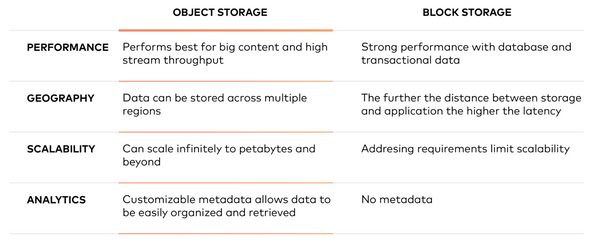The Architect's Guide to the Multi-Cloud

The line between hybrid cloud and multicloud is blurry at this point. The hybrid cloud is certainly more expansive in its definition (public, on-prem, edge). The multi-cloud generally refers to multiple public cloud. What makes it blurry is that the cloud is a mentality - not a physical location. As a result, we see the terms used interchangeably these days.
Read more













